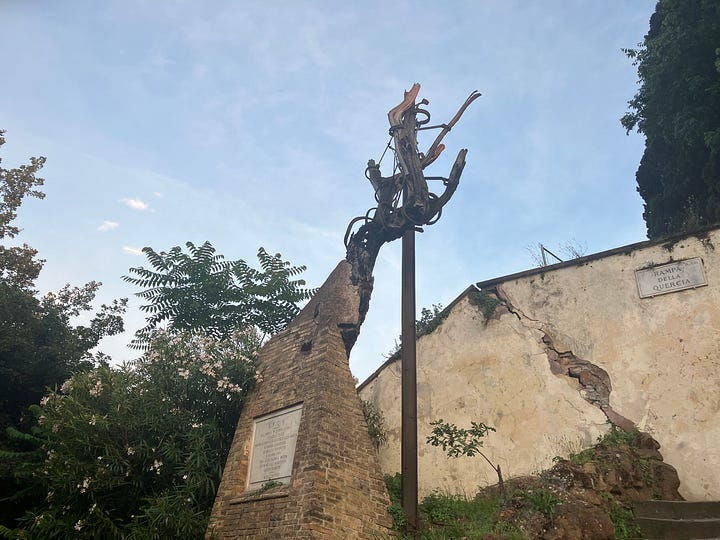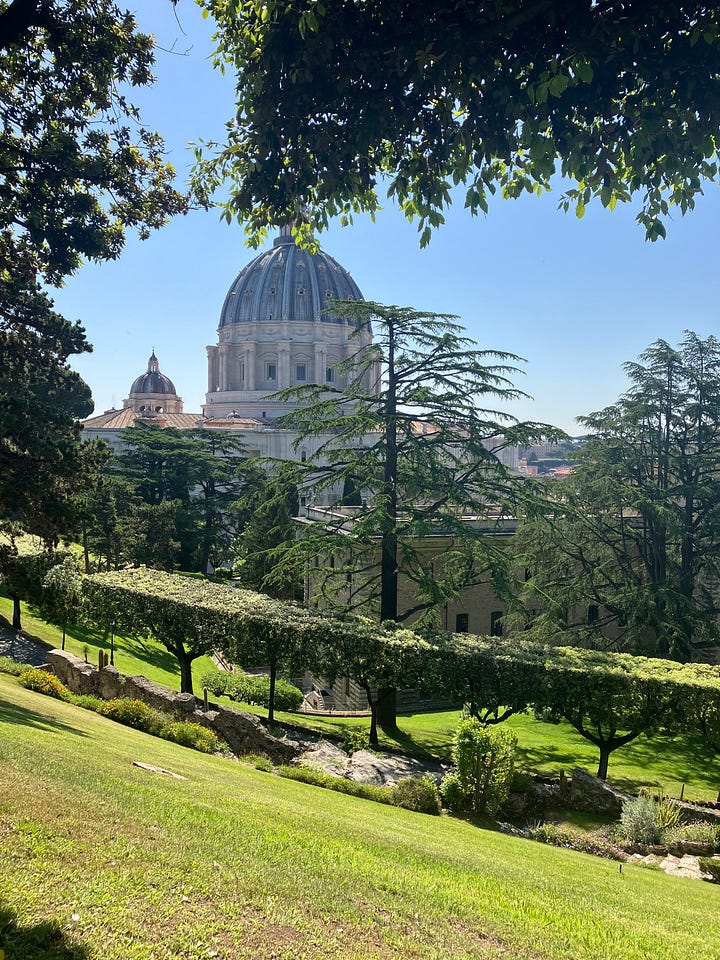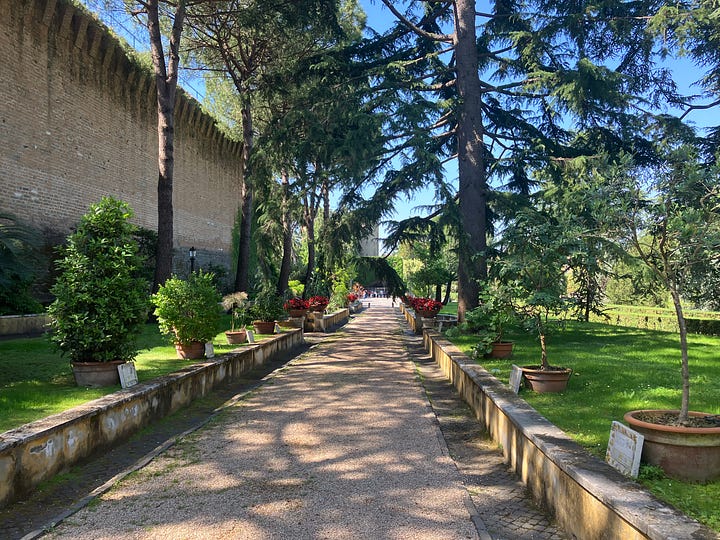“I think that I shall never see
A poem lovely as a tree.
A tree whose hungry mouth is prest
Against the earth’s sweet flowing breast;
A tree that looks at God all day,
And lifts her leafy arms to pray;
A tree that may in Summer wear
A nest of robins in her hair;
Upon whose bosom snow has lain;
Who intimately lives with rain.
Poems are made by fools like me,
But only God can make a tree.”
……………………………………………………………………………………………………………………………………………………..
So writes the American poet Joyce Kilmer in his best-known poem, “Trees.” Its message, I take, is remarkably similar to a challenging, offhand comment I heard a former professor and mentor once make. He was a member of a panel responding to questions about something I have now forgotten, probably the idea of a liberal arts education. “I sometimes ask my students,” he said as an aside, “whether they can name five types of trees that grow on campus. Elm and oak don’t count. Almost no one can do it.”
Kilmer and this professor are wise. They recognize that we are not the sum of what we create or study in isolation behind a desk. Rather, we are incarnational beings, dependent on and formed first by that which is around us and available to our senses: our local community, the park and woods across the street, the annual AirFest and town square dance. Reality inheres in the object; it is not confined to the world of Forms, nor is it just some arbitrary label we attach to particulars. We see an object, receive its form with the passive intellect, and abstract it with the active intellect which in turn takes on the form through thinking. That is, we are in-formed by what we perceive. We are shaped by the real things around us, for good or ill. To flourish, then, to become fully human, is to surround ourselves with things that make us more human– with dancing and swimming and singing and reading and arguing and gazing at cottonwoods and, most importantly, with friends and saints.
I found myself thinking back to my professor’s comment on a recent stroll through the Villa Borghese. I grew up running around outside, often in woods and streams, but it was only during seventh grade science class that I could identify fish and trees with any sincerity. That day in the Borghese, on a whim (and perhaps with the hidden motivation of one day proving to my professor that I could name five types of trees), I sat down on a bench, and read about Roman foliage for nearly two hours. I learned much. I learned about the famous stone (or umbrella) pines all over the city, Pinus pinea, first brought by the Greeks and sacred to the goddess Cybele and later Neptune. Now they are beloved to pesto-makers, though many planted in Fascist times as a symbol of Italy are now dying, posing dangers to traffic and pedestrians. I learned about the plane trees, Platanus, lining the Tiber, reducing traffic noise to those living nearby and absorbing more than the average amount of carbon dioxide. I learned to identify fig trees, jasmine, capers, and white mulberries, among others. And I learned about particular trees important in Rome’s history, including the ficus ruminalis under which Romulus and Remus were nursed by the she-wolf. A fig tree is now planted in the Forum alongside an olive tree and grapevine, likely as a reminder of this event and of these fruits’ significance to the culture. Nearly twenty centuries after the founding of Rome, life was nurtured under another tree, this time an oak on the Janiculum, where St. Philip Neri would come to spend long hours praying and giving catechesis. The oak is now dead but preserved with supports and a plaque, mostly unnoticed by pedestrians.


One week after the Borghese visit, a priest friend offered a small group of us a tour of the Vatican Gardens. Amidst the trees and fountains where popes have walked and prayed since Nicholas III moved from the Lateran Palace in 1279, there stands an unusual grove. This grove contains one of every plant that is mentioned in the Bible and is for many the most moving part of the Gardens. While there, I thought of the relationship Christ had with trees. As a carpenter, he would have known which wood was best for making yokes and tables and chairs. He calls himself the vine. He curses a fig tree for not bearing fruit. And wears thorns on his head and dies on a tree to give life to the world. To look at a Vitis vinifera, Ficus carica, and Paliurus spina-christi while reading the relevant Gospel passages was striking, and I imagined what the disciples would have seen at these moments of Christ’s life.


I now have some capers brining in my room, which a friend and I picked just the other day, having spotted them growing in some city walls. (It is apparently a custom this time of year for Romans to pick capers along the Aurelian Walls.) Thanks to my professor and a walk in the Borghese, I knew how to identify them. But more importantly, thanks to them, I have a renewed wonder for the Local– for the trees and birds and rodents, for the history and the people and architecture which surround and shape me. The Local will change; most do not live in one city forever, but there will still be trees and saints to wonder at and to form us, given by God out of love.
……………………………………………………………………………………………………………………………………………………..





Thanks for the post! I'm motivated to learn more about the trees surrounding me, which are so many and to my own shame I can't name half of them =)